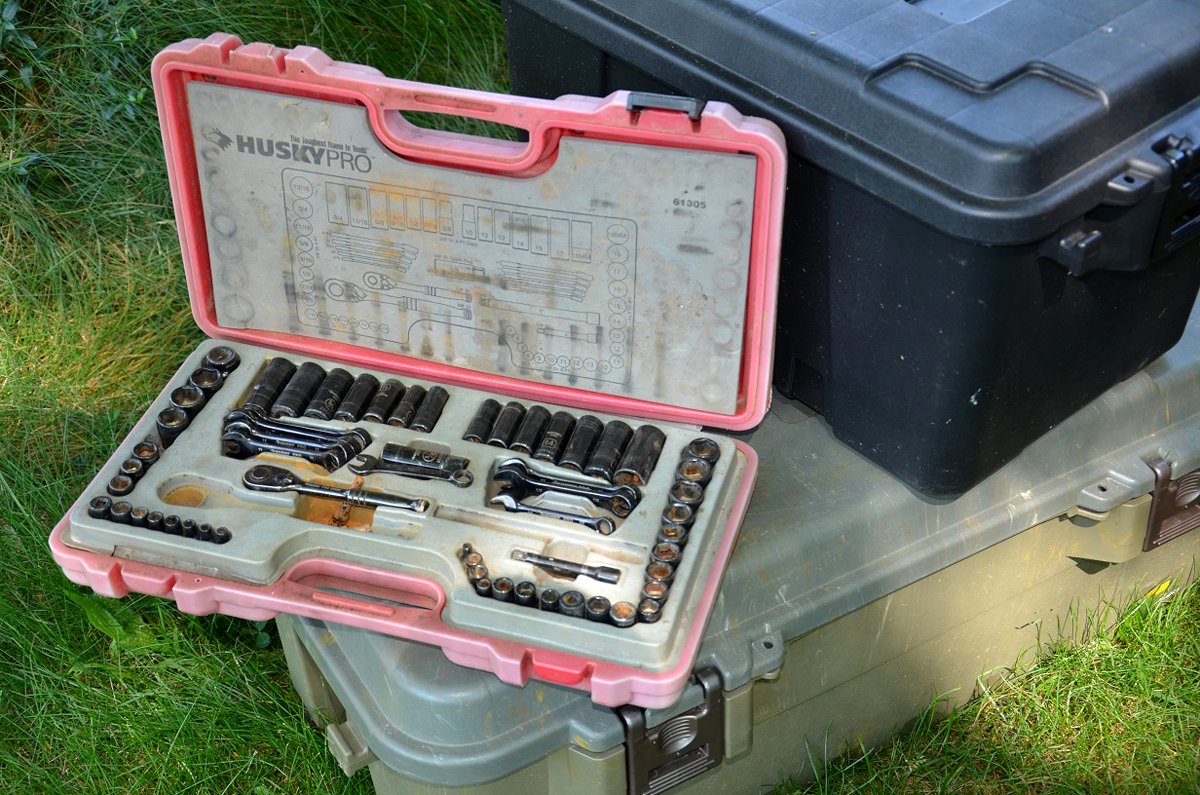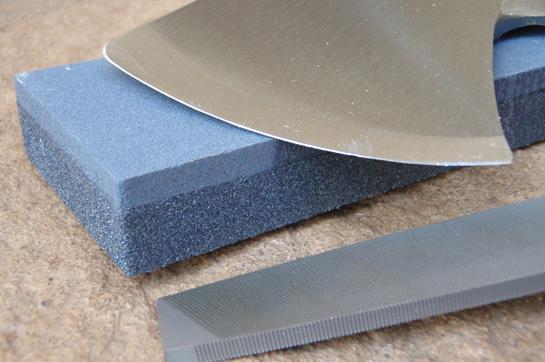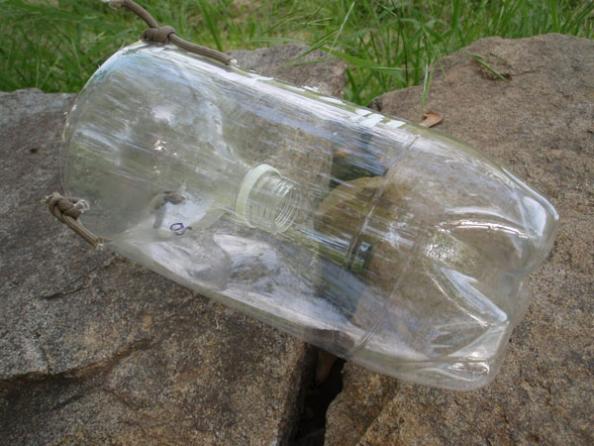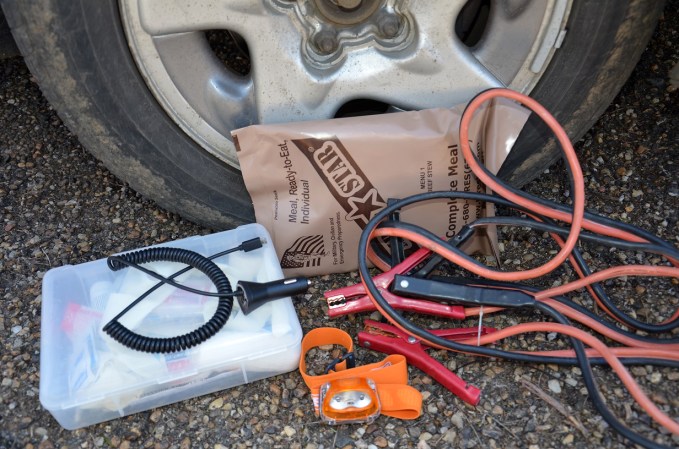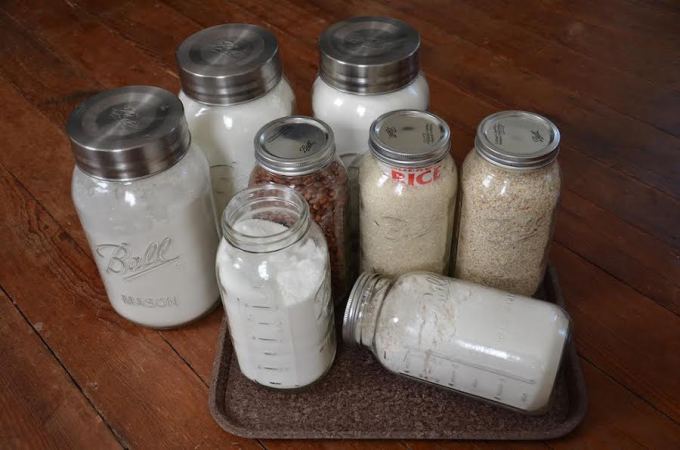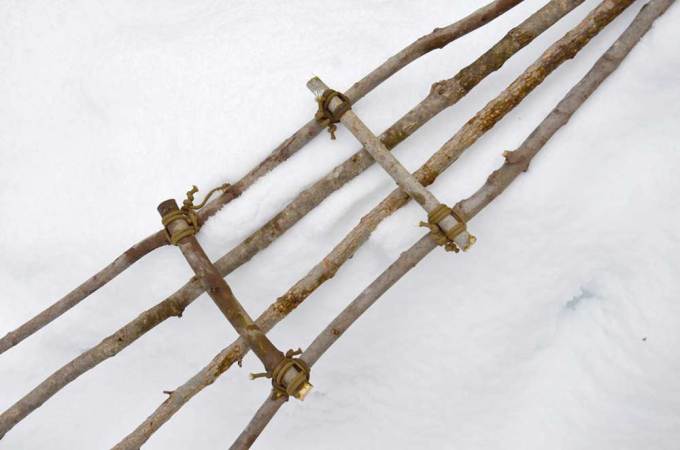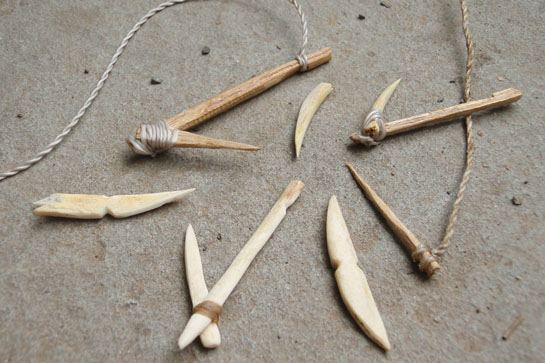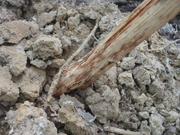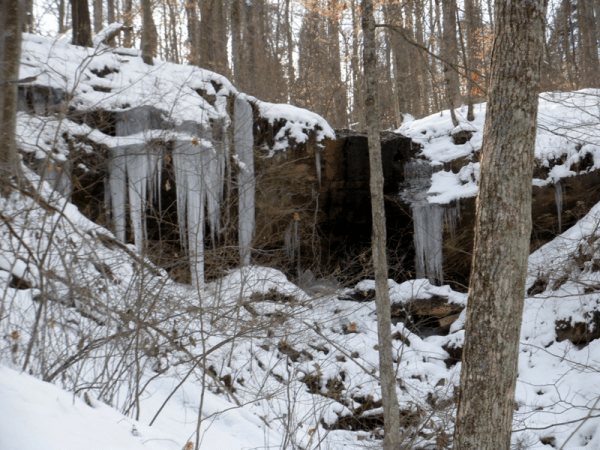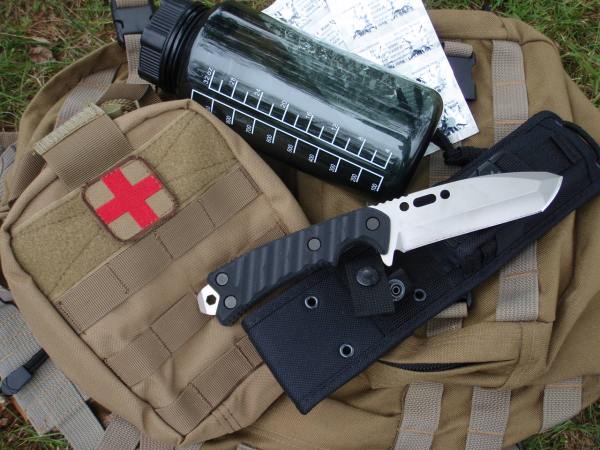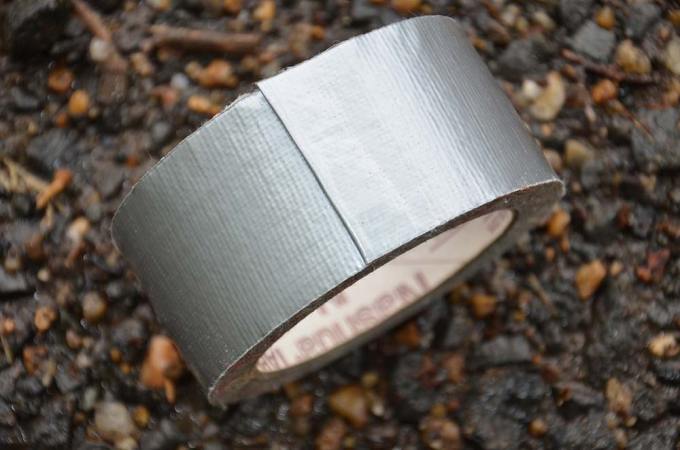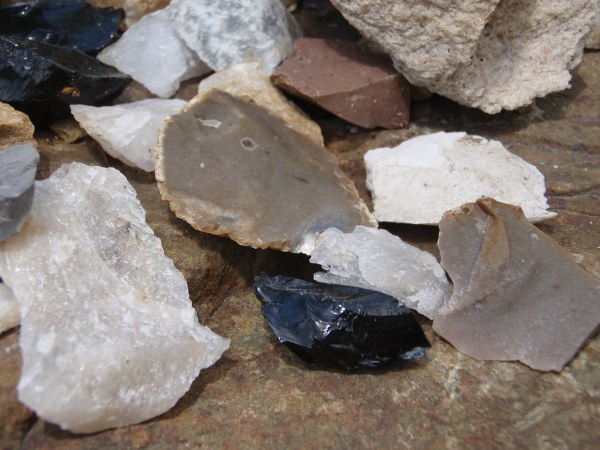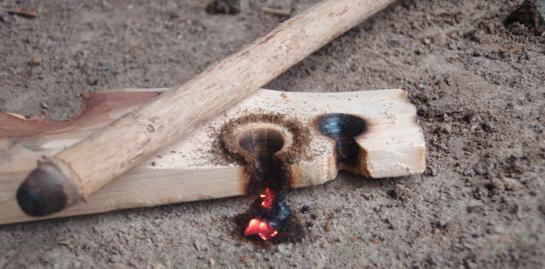We may earn revenue from the products available on this page and participate in affiliate programs. Learn More ›
What if your car or truck breaks down during or after a major disaster? It’s not like you could call somebody for a tow. But a humble shed or outbuilding can become a glorious off-grid garage with the right tools, supplies, and equipment (and know-how). You don’t even need a full lift and a 1,000-piece socket set. You can turn your basic garage into a DIY auto shop with a lot less, and there’s good reason to do it. Being able to work on your own vehicles is a key skill for the true survivor.
Start with the Basics
Your shop will need electricity and lots of lighting, since it’s pretty dark under the hood. Strong overhead lights and numerous drop lights will let you see what you’re doing. But you should also be ready for a lack of electrical power. A gas generator can run most of your lights and tools, while flashlights and headlamps can help out if the generator goes down. And don’t forget about safety. Your shop needs at least one large fire extinguisher, a smoke alarm with carbon monoxide detector, and a great first aid kit. And if you’re not too savvy yet in the field of auto repair, get the repair manuals for your make and model of vehicles. Most auto parts stores carry these handy books.
Add the Tools
Your carpentry or plumbing tools won’t help too much when it comes to automotive repair. Get a metric and standard socket set and end wrenches. You’ll needs hammers, pliers, screwdrivers, and cutting tools, too. A battery charger and jumper cables are handy when batteries need a boost. Add a large air compressor and some pneumatic tools like an impact wrench, and your shop will look, act, and sound like the real deal.
Jacks and Lifts
A simple jack and stand set can get the vehicle off the ground and allow you to work underneath it in relative safety, but the sky is the limit (if your budget if generous). I have a friend with a professional-grade full lift in his backyard garage, and know of another crafty fellow with a solar powered full-size lift in his completely off-grid auto shop.
Parts
Oil filters, spare belts, brake pads, and extra headlight bulbs are easy to store and not particularly expensive. And you know you’re going to need them at some point. Make certain that you have exactly the right parts you’ll need, and any specialty tools needed to replace them. (Can you hand me that oil filter wrench?)
Fluids
Antifreeze, motor oil, and washer fluid should be in your garage—at a minimum. You could also keep some brake fluid and power steering fluid to top those off when they’re running low.
Storage and Security
Your tools, parts and supplies all have value. It’s important to keep them in good order, and secure them from thievery. Locking tool boxes and security measures around your garage are a must in remote areas. These would be increasingly important during tougher times as well.
Could you fix minor or major automotive problems with just what you have in your garage? Please drop us a line in the comments.
